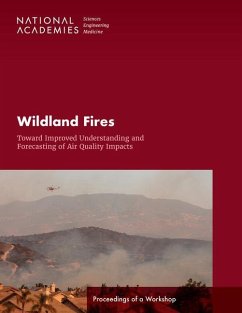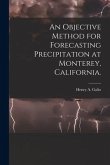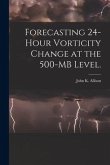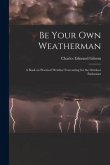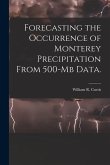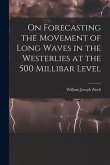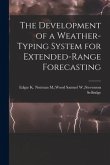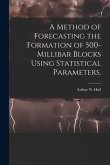Wildland fires pose a growing threat to air quality and human health. Fire is a natural part of many landscapes, but the extent of area burned and the severity of fires have been increasing, concurrent with human movement into previously uninhabited fire-prone areas and forest management practices that have increased fuel loads. These changes heighten the risk of exposure to fire itself and emissions (smoke), which can travel thousands of miles and affect millions of people, creating local, regional, and national air quality and health concerns. To address this growing threat, the National Academies brought together atmospheric chemistry and health research communities, natural resource managers, and decision makers to discuss current knowledge and needs surrounding how wildland fire emissions affect air quality and human health. Participants also explored opportunities to better bridge these communities to advance science and improve the production and exchange of information. This publication summarizes the workshop discussions and themes that emerged throughout the meeting.
Hinweis: Dieser Artikel kann nur an eine deutsche Lieferadresse ausgeliefert werden.
Hinweis: Dieser Artikel kann nur an eine deutsche Lieferadresse ausgeliefert werden.

